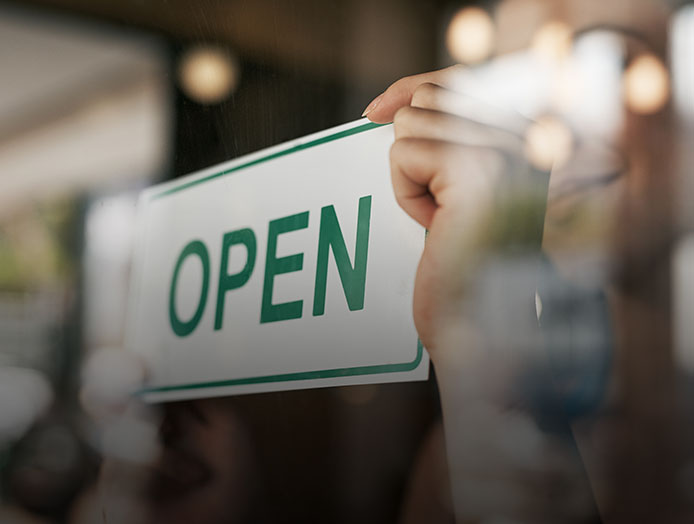Key takeaways
- A stable dual-broadband connection means F&B businesses can offer digital ordering and payment solutions as well as guest WiFi.
- Mobile plans with large data bundles ensure SMBs in the F&B sector can add new sales channels such as delivery and online ordering apps.
- Inventory, accounts and HR can be automated so business owners can concentrate on running their F&B outlet.

